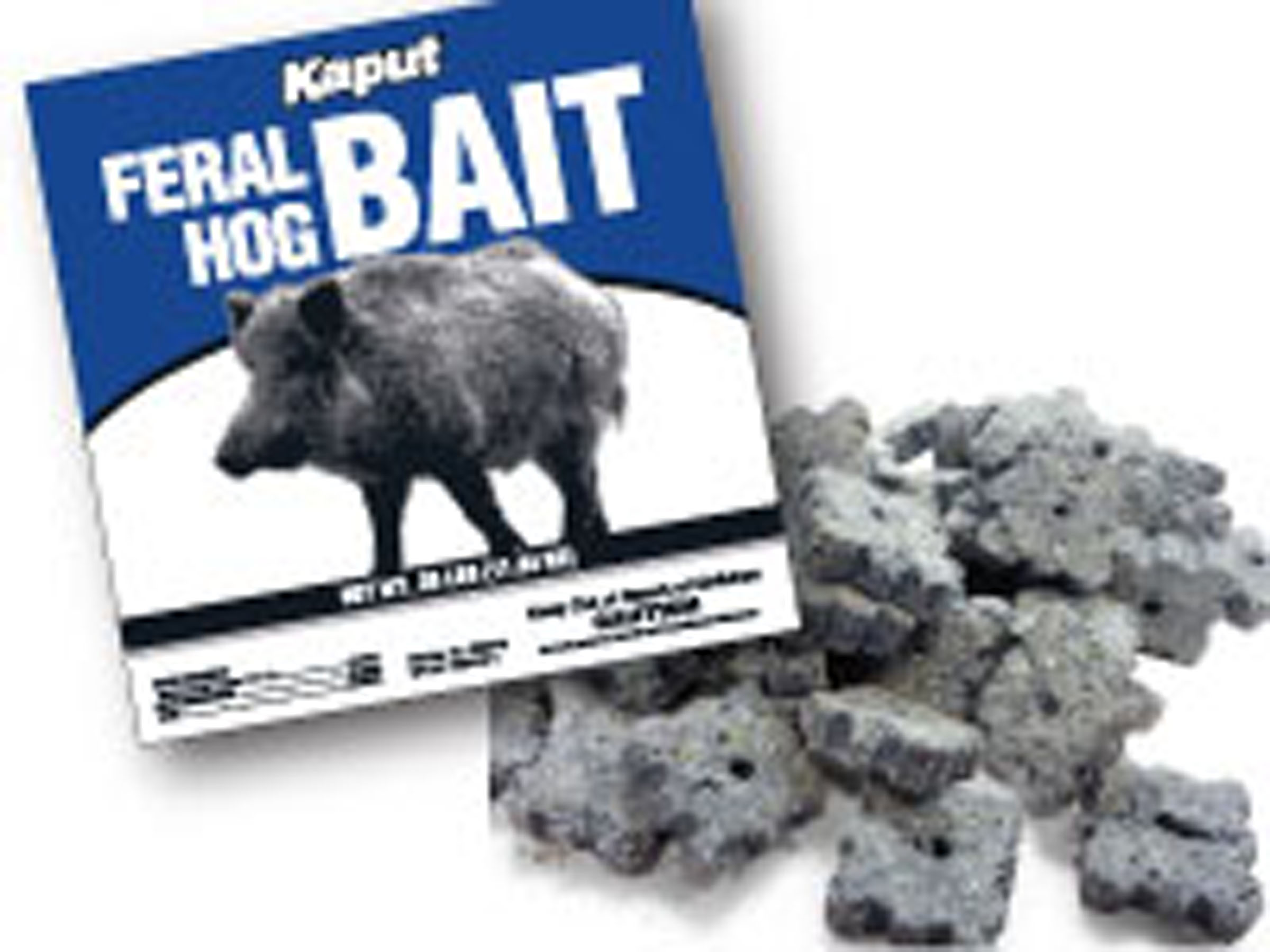HOME
Kaput: Part 2

By Andy Anderson
The topic of hogs is a familiar one among ranchers and farmers during the morning coffee break. Lately it has been about the use of Kaput, the warfarin based poison. Since the last article announcing the approval by Texas Agricultural Commissioner Sid Miller, several law suits have been filed and a temporary restraining order effectively shut down the sale of the pesticide.
There have also been two bills filed in the House, H.B. 3451 and 1454, both asking for further research by an independent laboratory or university prior to any poison made available to the public. As of now both bills came out of committee on a nine to zero vote and have well over two-thirds of the House sponsoring, both Democrats and Republicans.
Despite the mounting lawsuits and pending bills in the house, the makers of Kaput have carried on hosting town hall meetings to inform farmers and ranchers about the product. During one of these town hall meetings, Kaput came under attack by a number of concerned landowners.
Deryl Markgraf, a passionate hunter and outdoorsman, attended the town hall meeting, confronting the Kaput team and its research. According to the 2015 Kaput study he obtained, Kaput used two treatment areas and one control area.
Kaput counted 354 hogs, with 311 in treatment area one and 42 in treatment area two but only one in control. Kaput deployed 93 feeders for this research on about 2,000 acres. They used 1,707 pounds of bait in the feeders.
In addition, they used corn to condition the hogs to eat out of the feeders (unknown additional cost). They reported 28 dead feral hogs in a four-week time period.
Markgraf was also able to obtain the true cost of Kaput poison and the feeders from the manufacture representatives in attendance. The cheapest feeder is $220 and progresses to as much as $1,500. The cost of the product is $168 for a 25 lb. bucket.
To read more pick up a copy of the May 2017 issue. To subscribe call 940-872-5922.
HOME
Preparing Spring Gardens

By Hannah Claxton | Editor
The North Texas area is located within USDA Hardiness zones seven and eight. The zones are categorized by predicted low temperatures for winter and timing of the first and last frosts.
Zone seven usually has winter low temps between 0 and 10 degrees F with the average date of the first frost falling between Oct. 29 and Nov. 15 and the average date of the last frost falling between March 22 and April 3.
Overall, these two zones have similar climates and growing conditions, making the options for timing and variety within a garden very similar.
In these zones, cool-season crops should go in the ground in March, meaning that soil preparation should start now.
To read more, pick up a copy of the January edition of North Texas Farm & Ranch magazine, available digitally and in print. To subscribe by mail, call 940-872-5922.

HOME
Equine Vaccinations

By Heather Lloyd
Vaccinations are a critical component of maintaining the health and well-being of horses, especially in environments where they are exposed to other animals, such as in the sport, show and performance arenas. Horses, like all animals, are susceptible to various infectious diseases that can spread quickly and cause serious harm.
A routine vaccination schedule helps prevent the spread of these diseases by preparing the horse’s immune system.
To read more, pick up a copy of the November edition of North Texas Farm & Ranch magazine, available digitally and in print. To subscribe by mail, call 940-872-5922.

HOME
Wichita Falls Area Cattlewomen

Having herds on a controlled breeding schedule means that we have a predictable calving schedule, and while it’s only over a couple of months, for us it does fall right after the start of the year. I lobby annually to call ours the “Winter calving season”, but I am outvoted and my husband still refers to it as Spring. Unlike producers in our Northern States, we don’t have to contend with brutally harsh winter weather, and on those rare times we do, thankfully it is not for extended periods. Regardless of whether you have a Spring or a Fall calving schedule, the health of a newborn calf begins with the mother’s health, and the mother’s health is largely dependent on the producer.
To read more, pick up a copy of the November edition of North Texas Farm & Ranch magazine, available digitally and in print. To subscribe by mail, call 940-872-5922.

-

 Country Lifestyles2 years ago
Country Lifestyles2 years agoScott & Stacey Schumacher: A Growth Mindset
-

 Country Lifestyles8 years ago
Country Lifestyles8 years agoStyle Your Profile – What your style cowboy hat says about you and new trends in 2017
-

 HOME8 years ago
HOME8 years agoGrazing North Texas – Wilman Lovegrass
-

 Outdoor10 years ago
Outdoor10 years agoButtercup or Primrose?
-

 Country Lifestyles5 years ago
Country Lifestyles5 years agoAmber Crawford, Breakaway Roper
-

 Country Lifestyles9 years ago
Country Lifestyles9 years agoJune 2016 Profile – The man behind the mic: Bob Tallman
-

 Country Lifestyles8 years ago
Country Lifestyles8 years agoDecember 2016 Profile, Rusty Riddle – The Riddle Way
-

 Equine1 year ago
Equine1 year agoThe Will to Win




